19+ APA Literature Review Examples to Download
The realm of academia thrives on knowledge expansion, and a crucial element in this quest is the literature review. Whether it be delving into an extensive body of research, analyzing a book or article, or comprehending a research paper format, the literature review serves as a cornerstone for scholarly pursuits. In this article, we explore the intricacies of an APA literature review, providing a step-by-step guide on how to craft one effectively. Let us embark on this enlightening journey, acquainting ourselves with the vital aspects of citation, in-text citation, and the construction of a reference list. Along the way, we will answer three frequently asked questions to further enhance your understanding. So, let’s dive in!
1. Literature Review Template
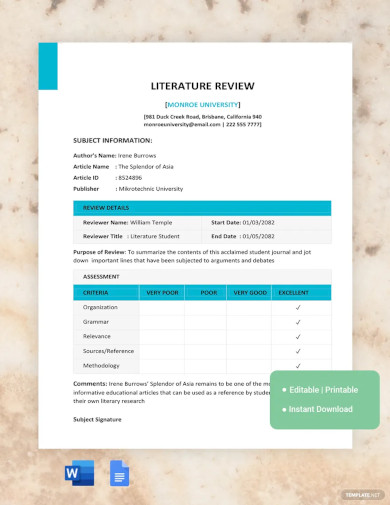
2. APA Literature Review
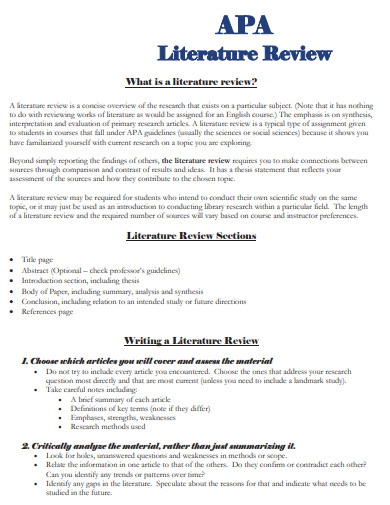
collin.edu
3. Instruction for APA Style Literature Review
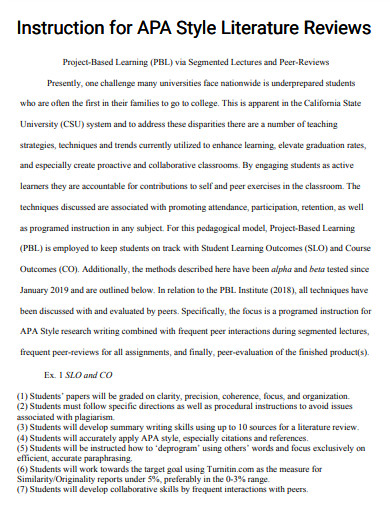
scholarworks.lib.csusb.edu
4. APA Style Literature Review
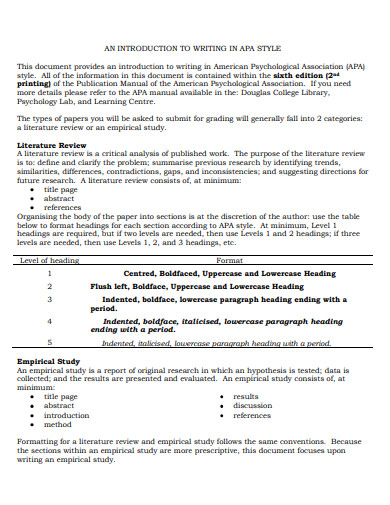
jehdnet.com
5. Sections of APA Literature Review
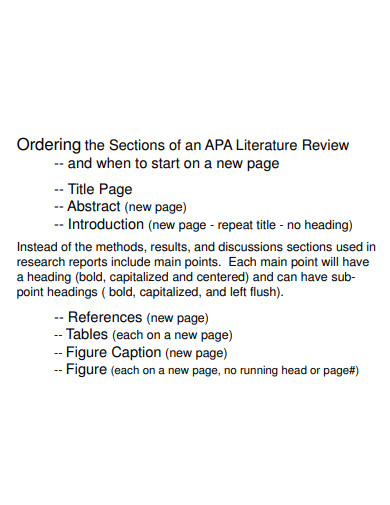
psych.unl.edu
6. APA Paper Literature Review
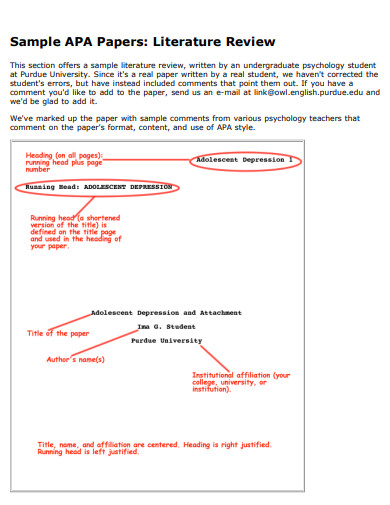
portal.tpu.ru
7. APA Style Literature Review Example
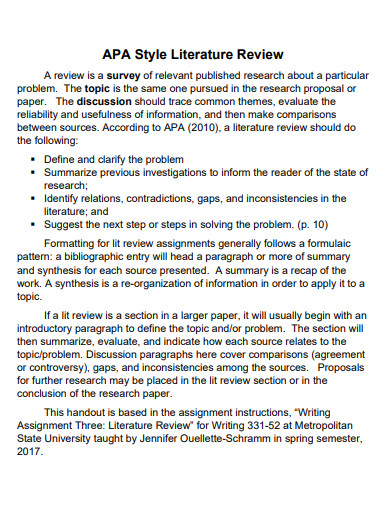
metrostate.edu
8. Types of APA Paper Literature Review
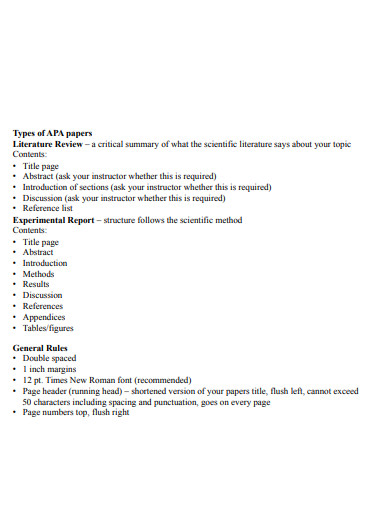
rocky.edu
9. Sociology APA Literature Review
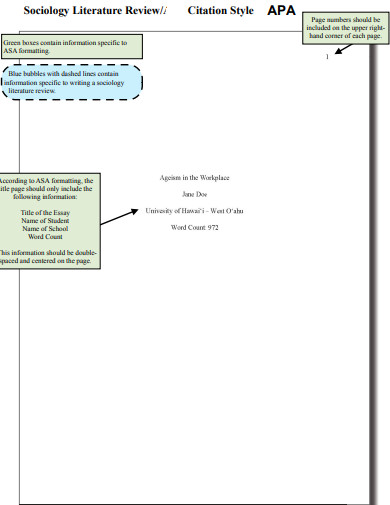
westoahu.hawaii.edu
10. APA Writing Style and Language Literature Review
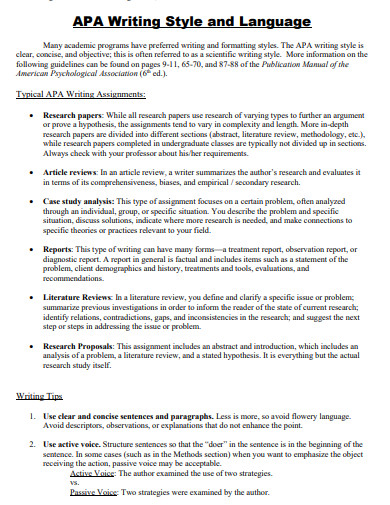
strose.edu
11. APA Literature Review in Psychology
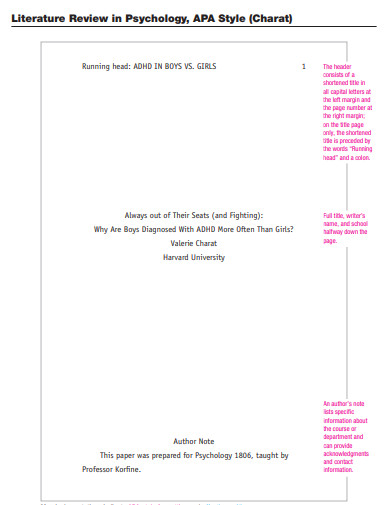
macmillanhighered.com
12. APA Literature Review Format
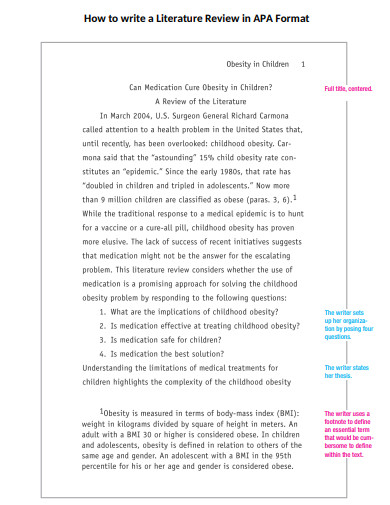
freeessaywriter.net
13. APA Style Literature Review Guidelines
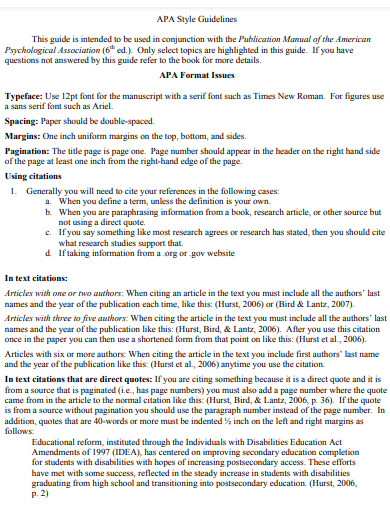
truman.edu
14. APA Annotated Bibliography Literature Review
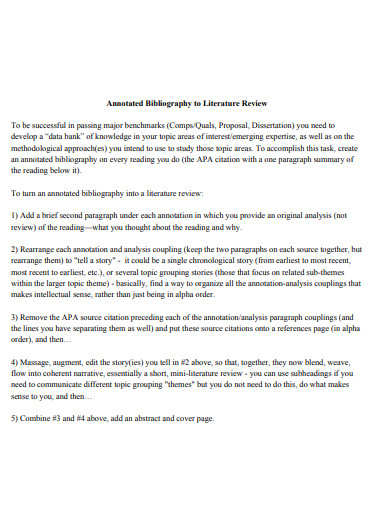
csieme.us
15. APA Literature Review Guidelines
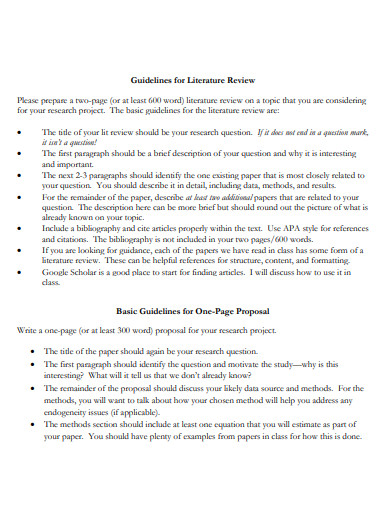
nd.edu
16. APA Literature Review Citation
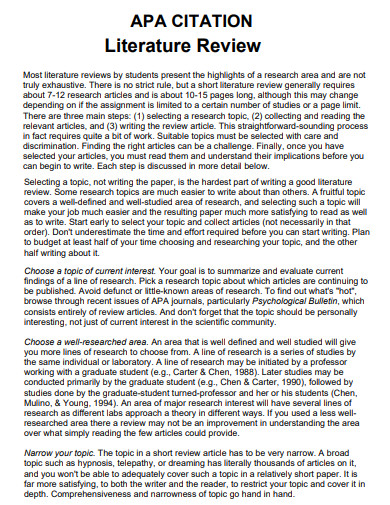
production.wordpress.uconn.edu
17. APA Literature Review Action Research Proposal
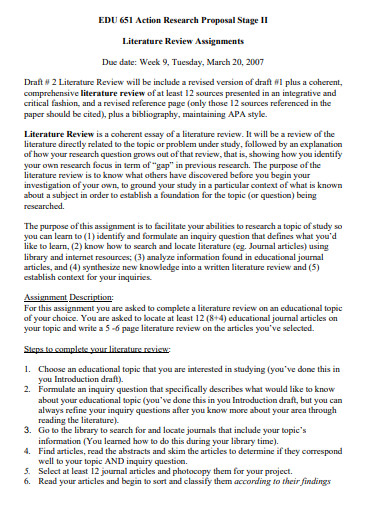
web.cortland.edu
18. APA 6th Edition Literature Review
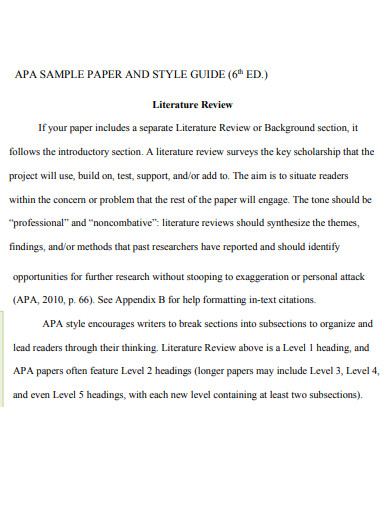
jmu.edu
19. APA Writing Literature Review
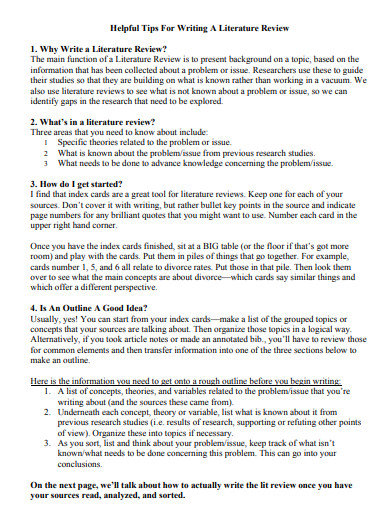
csuci.edu
20. APA Contextual Literature Review
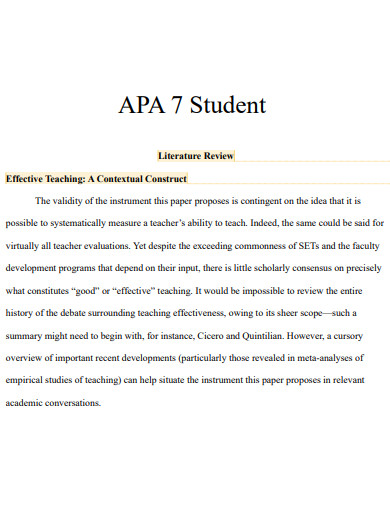
owl.purdue.edu
What is an APA Literature Review?
An APA literature review encapsulates a systematic examination and synthesis of scholarly sources relevant to a specific research topic. It serves to provide a comprehensive overview of the existing knowledge, identify gaps in research, and present a theoretical foundation for further investigation. Distinct from a book review or an article review that focuses on analyzing a single publication, a literature review involves an in-depth exploration of a broad range of sources. By adhering to the guidelines set forth by the American Psychological Association (APA), this review ensures clarity, consistency, and credibility throughout the process.
How to Write an APA Literature Review
Embarking on the journey of crafting an APA literature review requires careful planning and meticulous execution. By following these steps, you can streamline your writing process and ensure a cohesive and comprehensive review.
Select a Topic:
Begin by choosing a research topic that aligns with your area of interest or academic requirements. This topic should be broad enough to provide an adequate range of relevant sources but specific enough to maintain focus.
Gather Relevant Literature:
Conduct a thorough search of scholarly databases, libraries, and academic journals to collect a diverse array of sources that contribute to your topic. Evaluate the quality and relevance of each source to ensure credibility and significance.
Read and Analyze:
Engage critically with each selected source, comprehending the key arguments, methodologies, and findings presented. Take diligent notes and identify common themes or gaps in the existing literature to guide the structure of your review.
Organize Your Thoughts:
Create an outline to organize your literature review effectively. Arrange the sources thematically or chronologically to present a logical flow of information. Introduce each section with an informative heading to guide the reader.
Compose the Review:
Begin writing your literature review by providing an engaging introduction that highlights the importance of the topic and presents the scope of your review. Subsequently, present the findings from each source, critically evaluating the methodologies, results, and implications. Use appropriate in-text citations to acknowledge the authors and support your claims.
Conclude with Insight:
Wrap up your literature review with a well-crafted conclusion that summarizes the main findings, identifies research gaps, and suggests avenues for future investigation. Reinforce the significance of your review and its contribution to the existing body of knowledge.
FAQs
What is the difference between a literature review and a book review?
A literature review examines a range of scholarly sources on a specific topic, while a book review focuses on analyzing a single publication, typically for the purpose of providing a critique or evaluation.
Do I need to include all the sources I find in my literature review?
No, it is crucial to evaluate the quality and relevance of each source. Include sources that contribute significantly to your research topic and present diverse perspectives.
How can I format the reference list in APA style?
The APA style requires a specific format for the reference list. To ensure accuracy, you can check out 9+ reference list examples here, which demonstrate how to cite different types of sources in APA format.
The journey of crafting an APA literature review demands meticulous research, critical analysis, and skillful presentation. By immersing yourself in the vast sea of literature, navigating the intricacies of citation and in-text citation, and adhering to the guidelines set forth by APA, you can construct a compelling review that contributes to the scholarly discourse. So, let your words breathe life into the existing body of knowledge, igniting the curiosity of readers and propelling the pursuit of wisdom forward. Happy reviewing!


